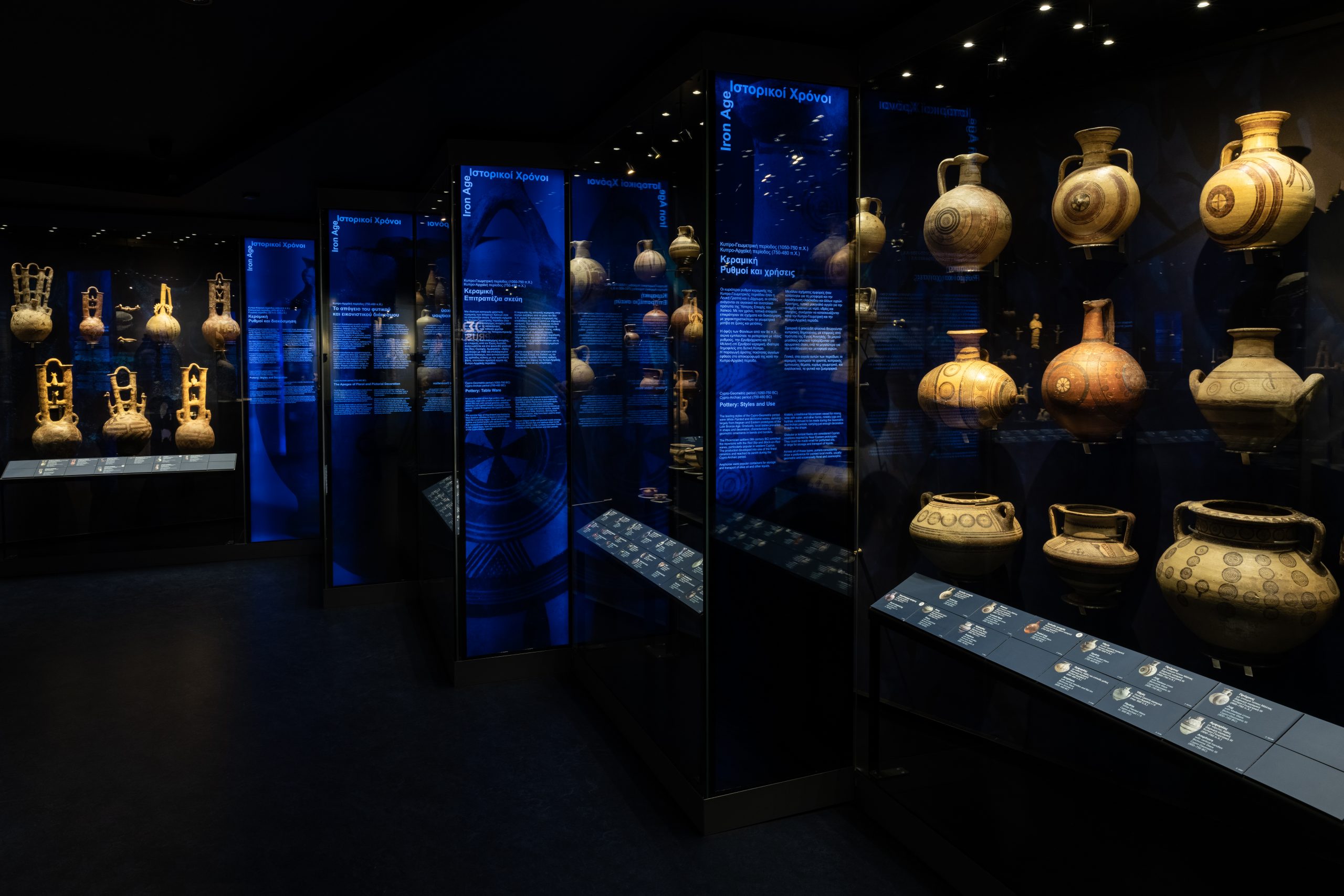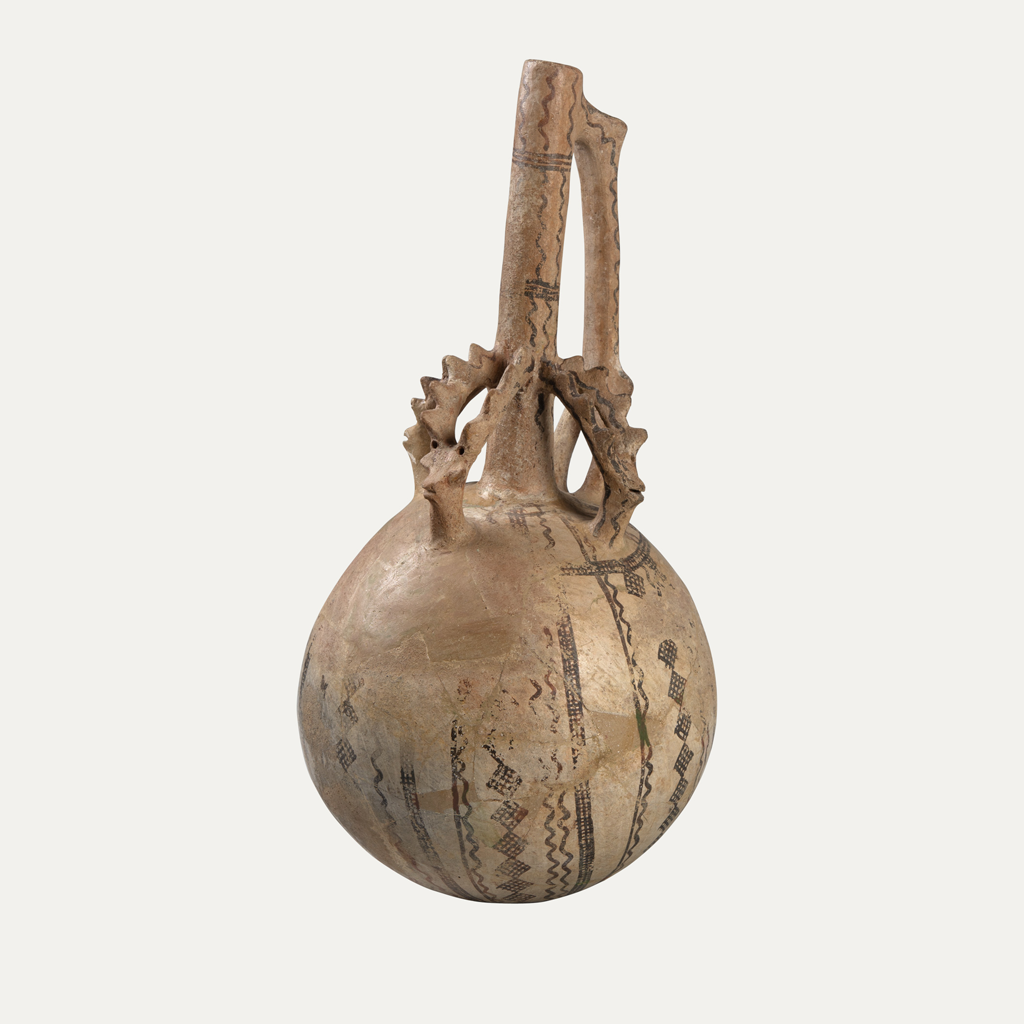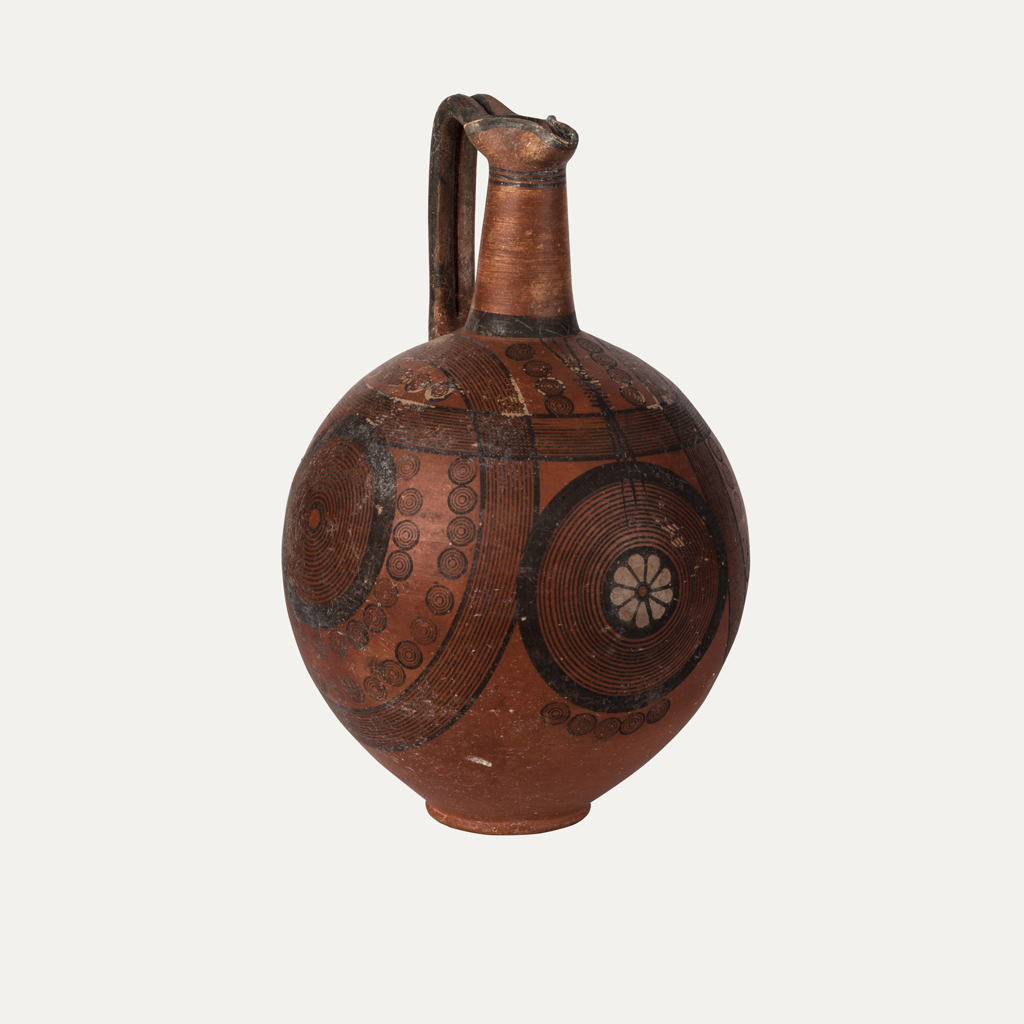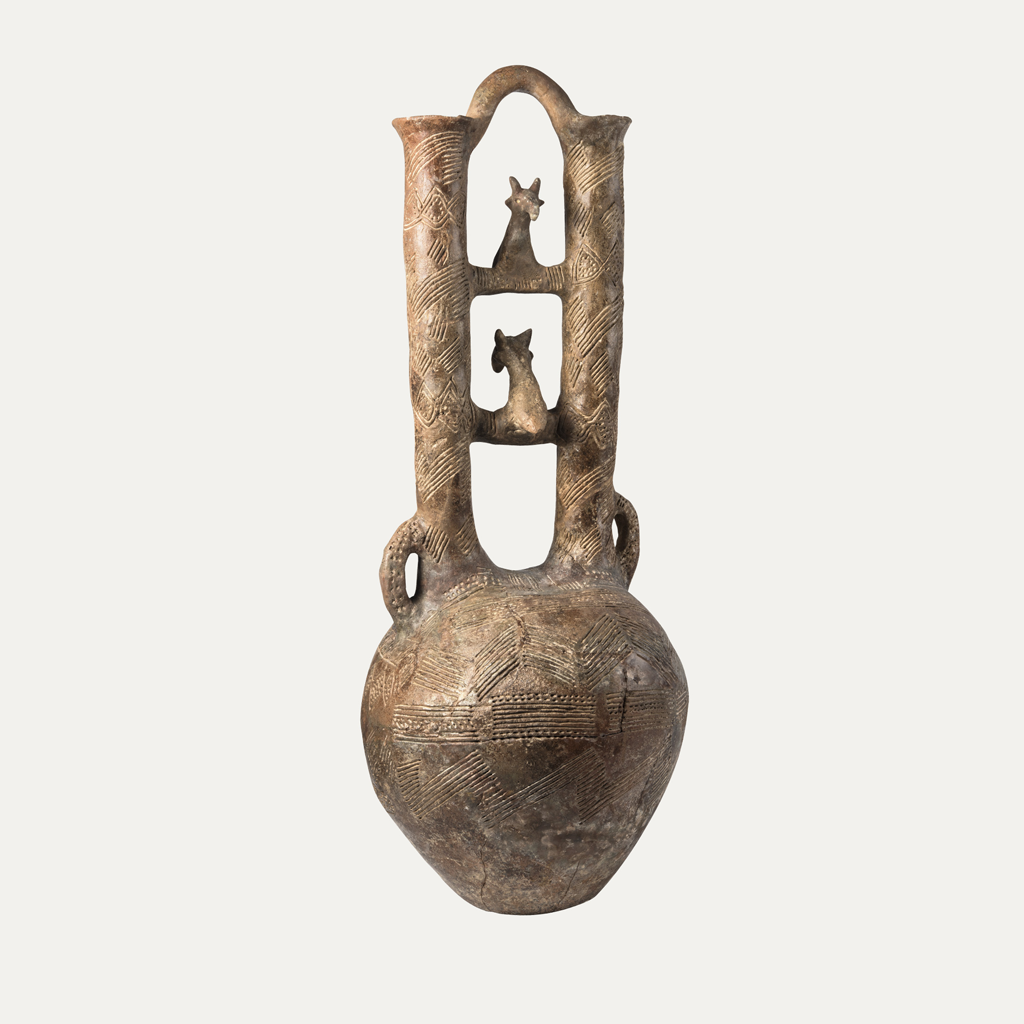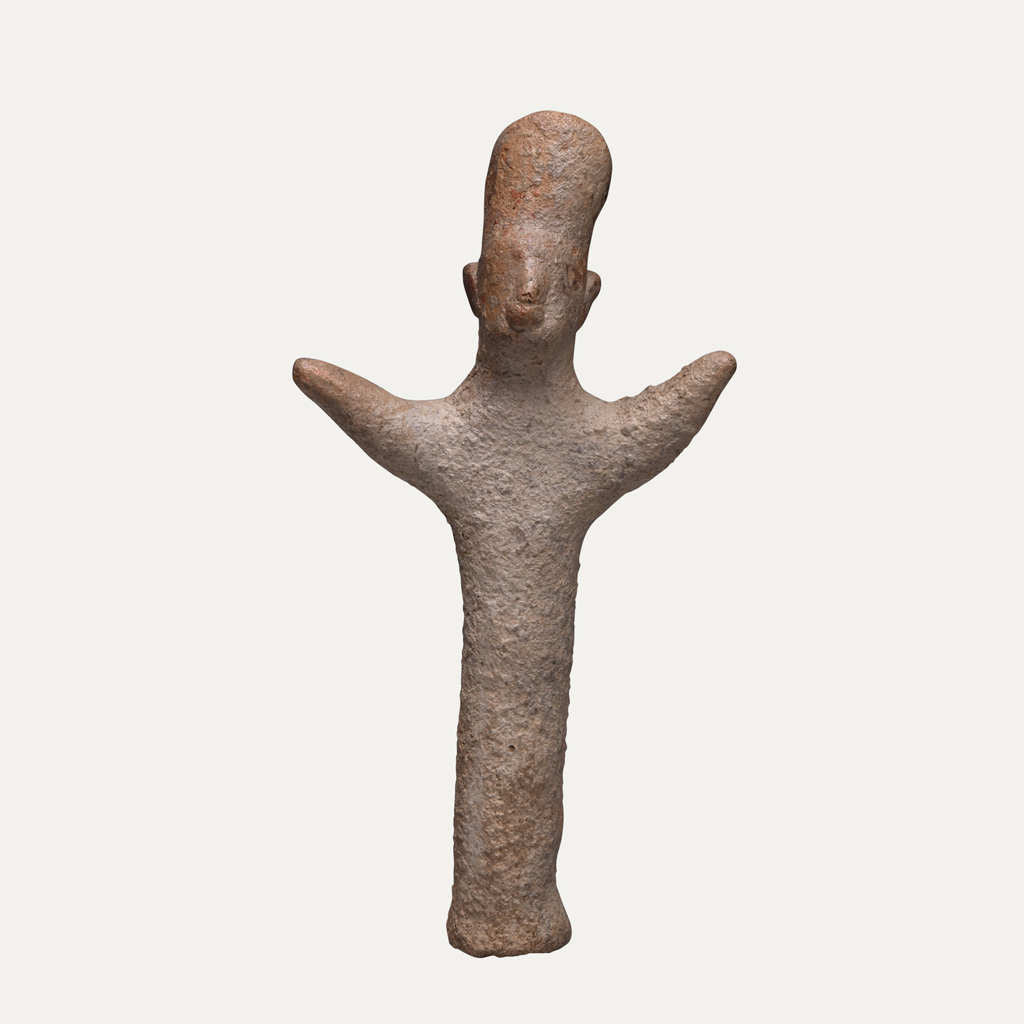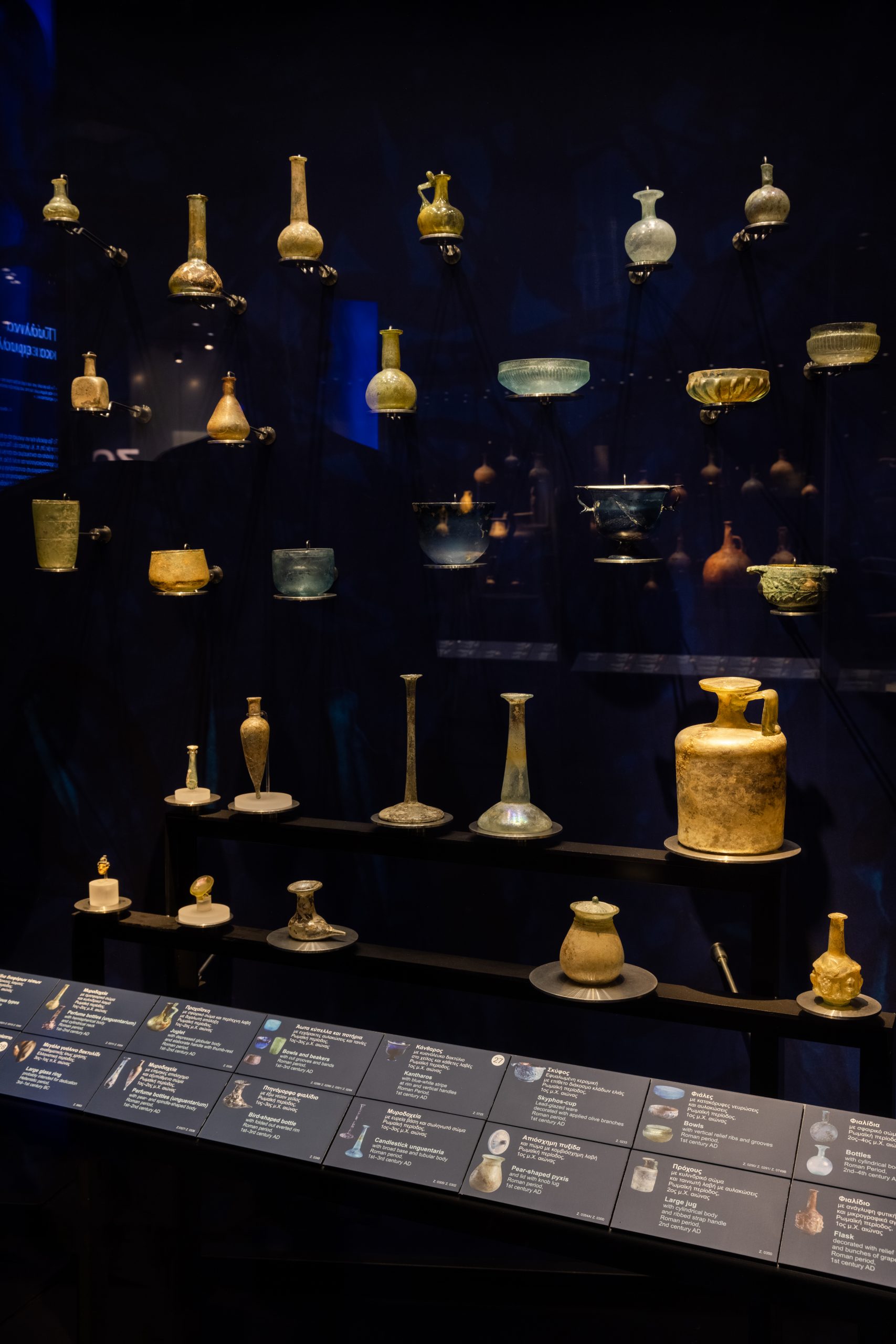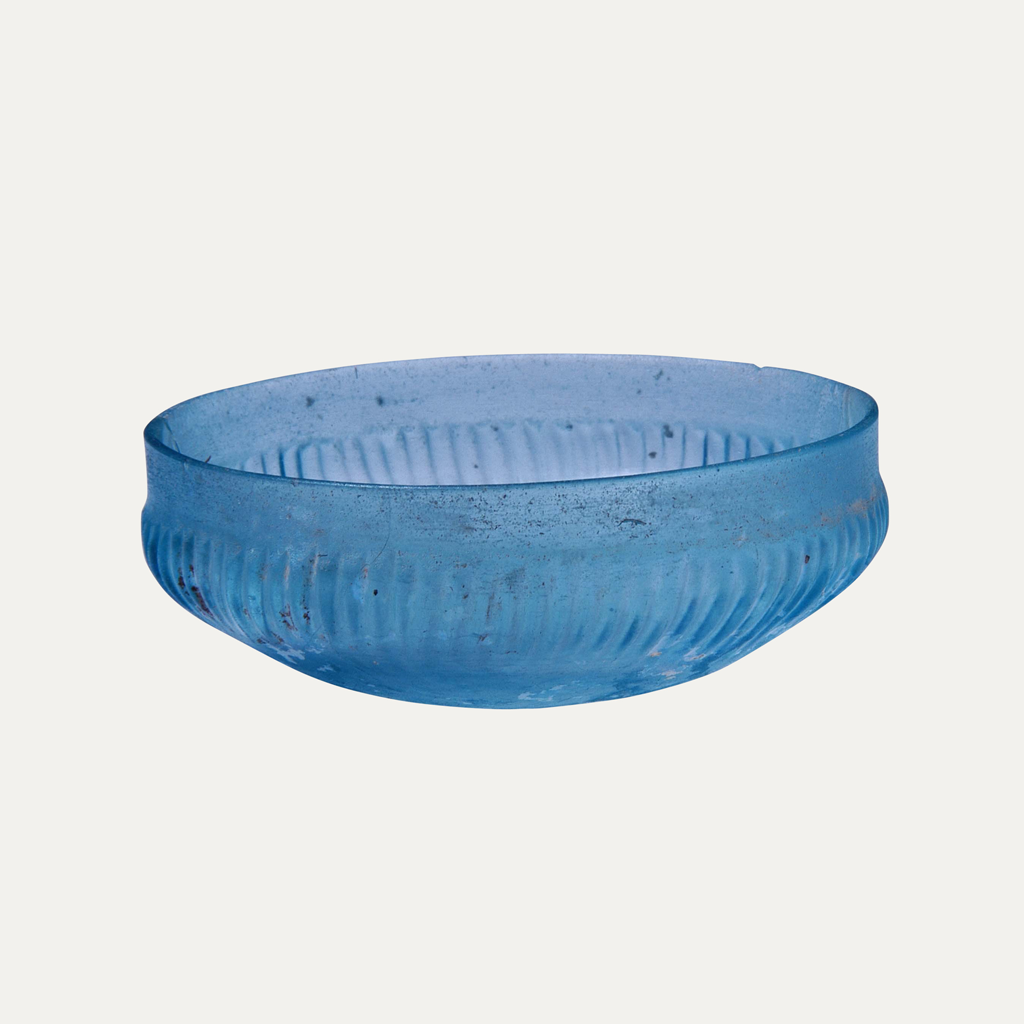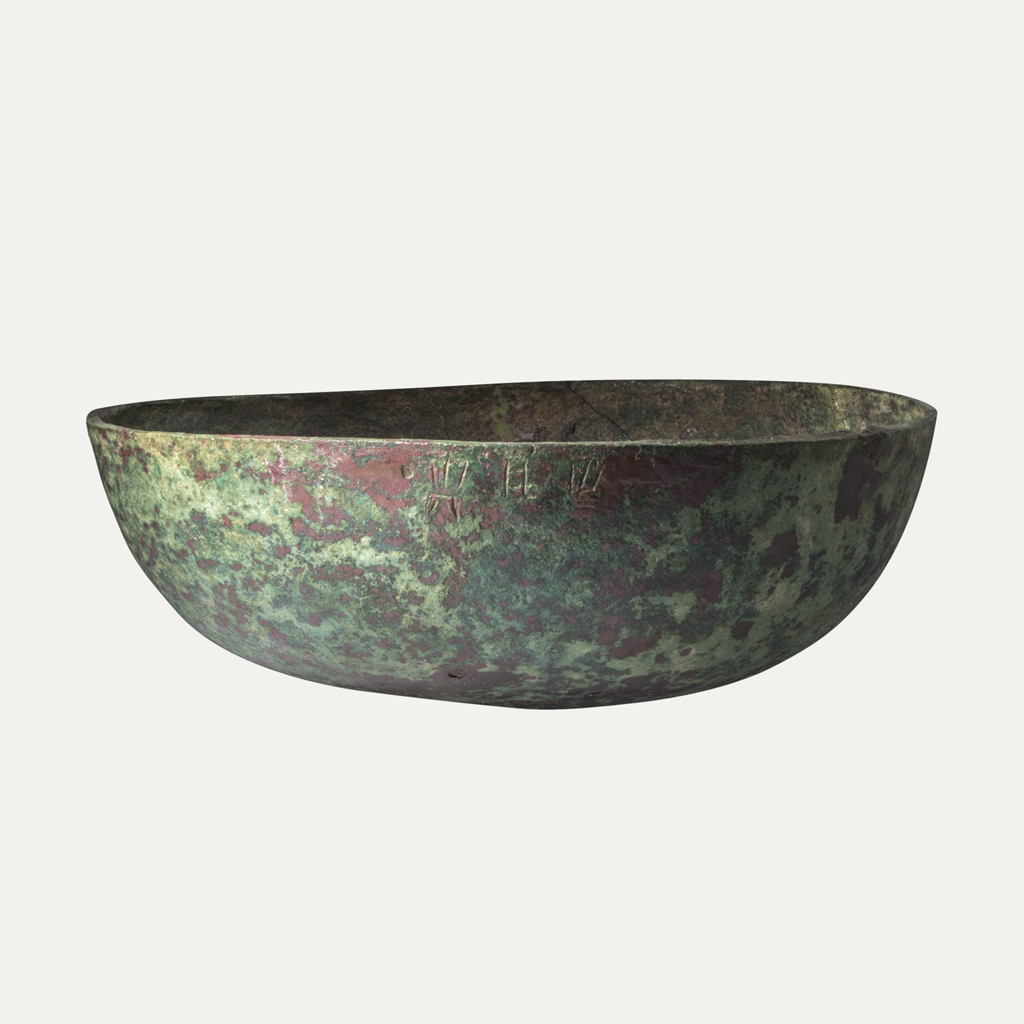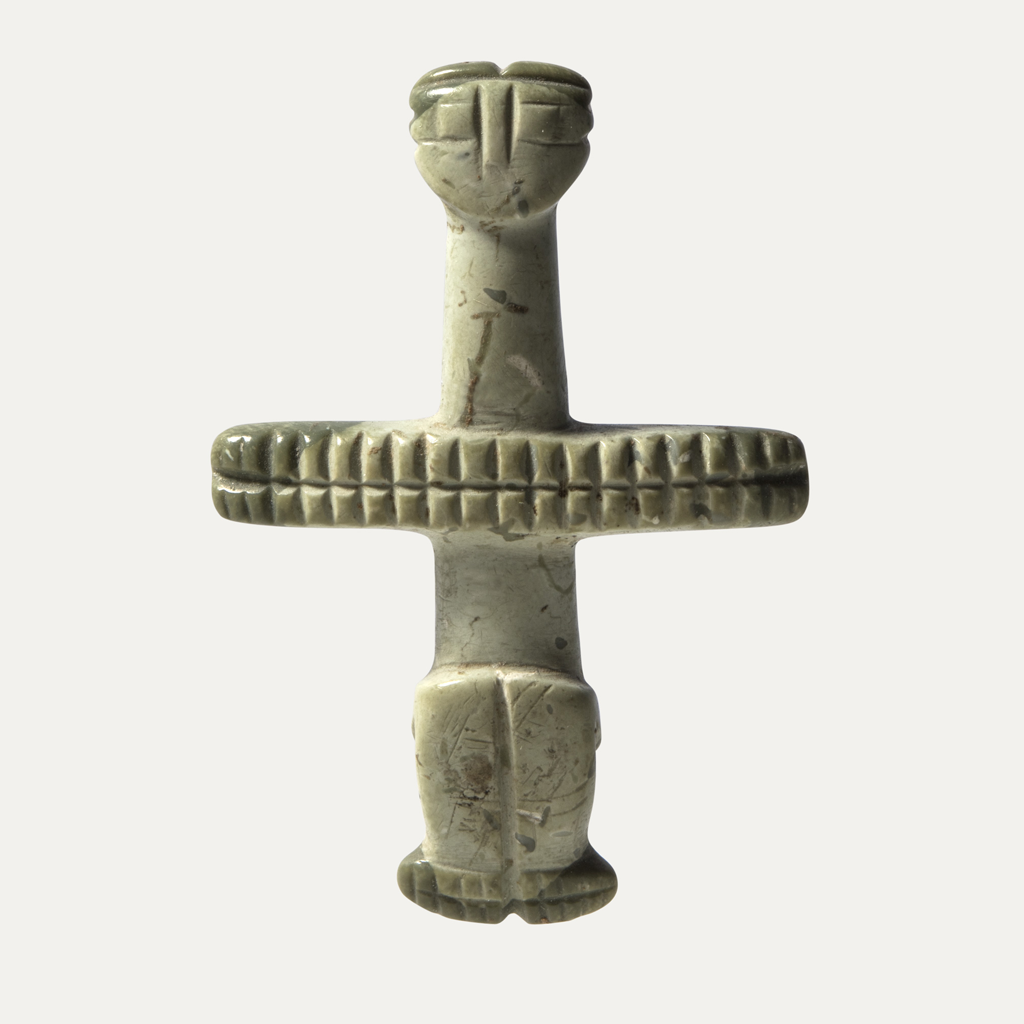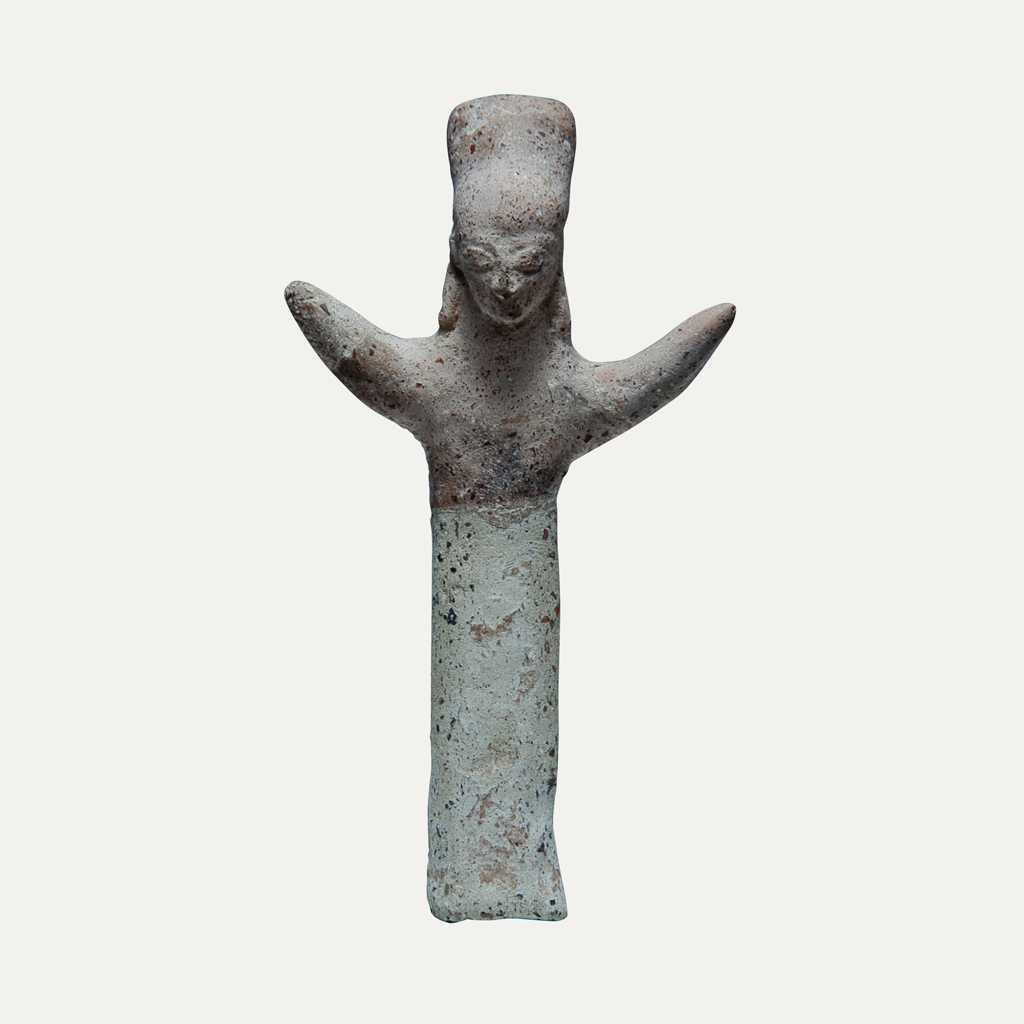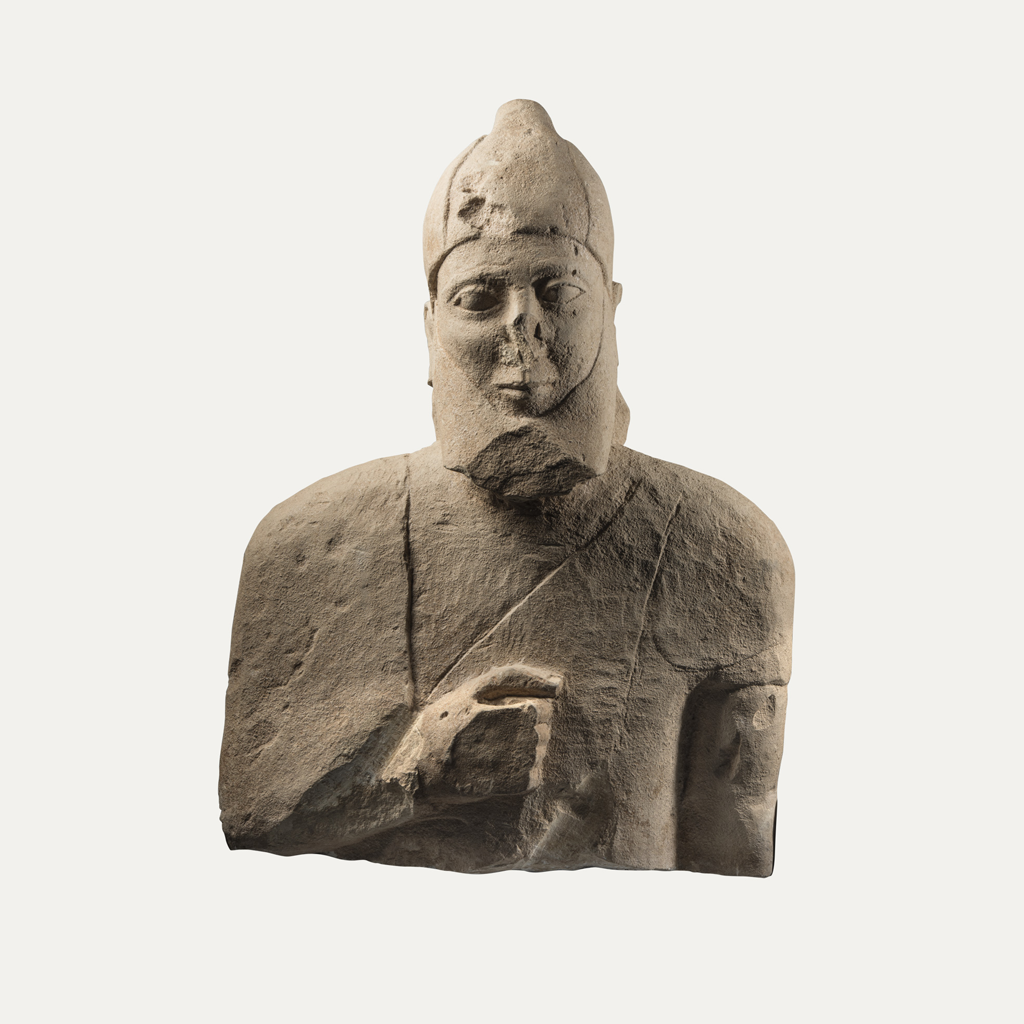Ancient Cypriot Art
PERMANENT EXHIBITION
ON VIEW
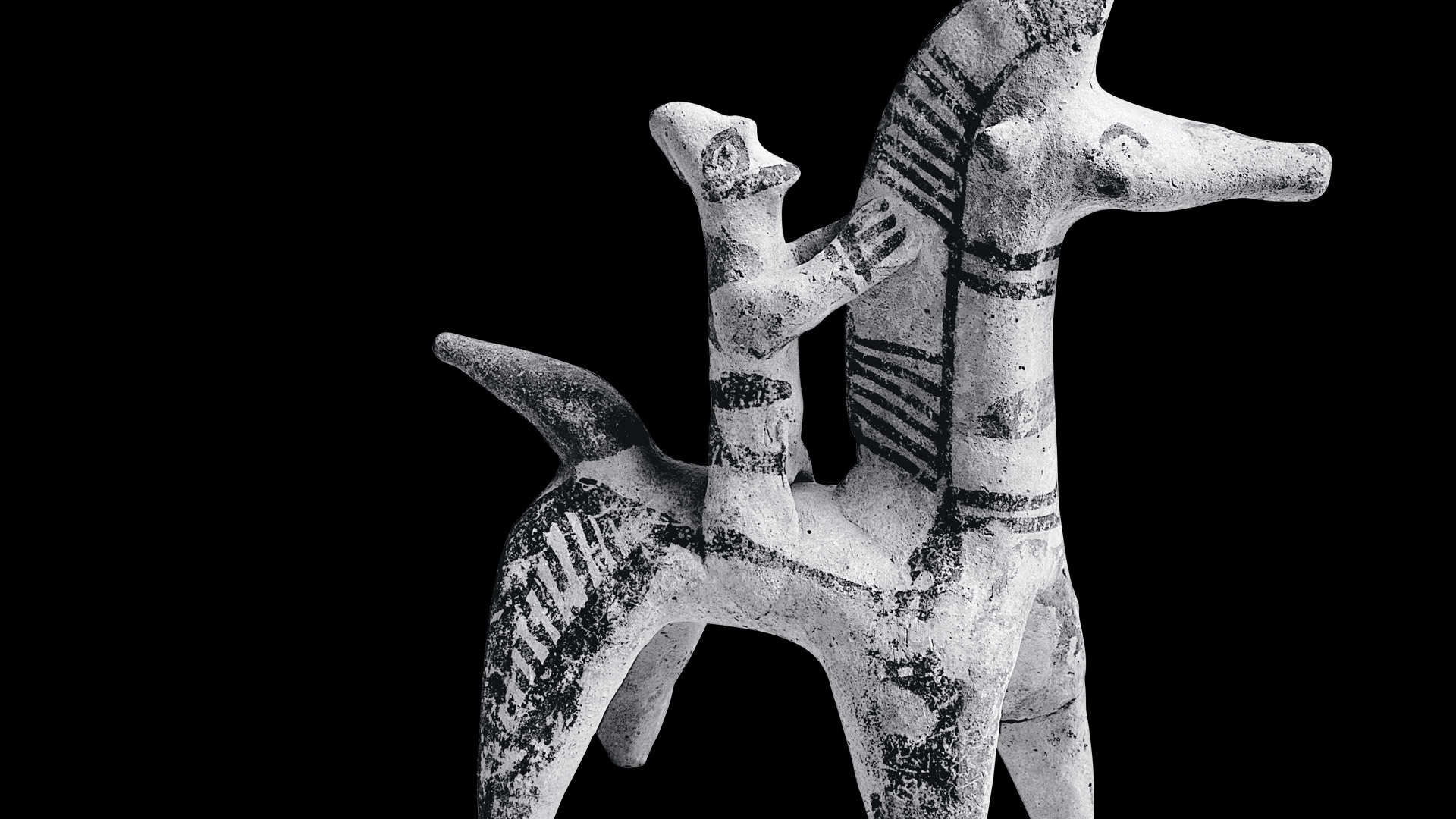
The Th. N. Zintilis Collection impresses with the quality and variety of the objects it contains, which were constructed from a wide variety of materials, and cover the entire chronological spectrum of Cypriot history from the Chalcolithic period to the early medieval years. This is the largest Exhibition of representative works from the Cypriot culture in Greece.
Using a new museographic approach and a contemporary museological presentation, some 700 objects highlight the timelessness of ancient Cypriot life and art in its various manifestations.
POTTERY
Moving from case to case, visitors discover the rich pottery styles, shapes, and patterns of prehistoric and historic Cyprus, which make up the core of the Exhibition and are organized into ten sections.
Storage, cooking and tableware, zoomorphic vessels, bichrome ware oenochoae, vases in free-field painting style of the Geometric and Archaic period (1010 – 475 BC), jugs with added figures, and lamps with relief scenes comprise the imaginative and limitless styles modeled by Cypriot potters.
Of particular interest is the variety of types from the Early and Middle Bronze Age (2300 – 1650 BC), with the typical Cypriot pottery rendering of anthropomorphic and animal-shaped features on the neck or handles of the vessels. Very important is the series of double-necked Red Polished Ware jugs, which were probably used for ritual purposes and come from the cemetery of Sotiras on the south coast of the island.
Another rare item is a jug with plastic and painted decoration characteristic of the Proto White Slip Ware, dating to the Middle Cypriot period (1700 BC), which has a parallel in the Louvre Museum that was documented some time before.
The vases of the Cypro-Geometric (1050 – 750 BC) and Cypro-Archaic period (750 – 475 BC) are also extremely elaborate, and another series of jugs from the Archaic period impresses with their painted representations of animals. Another interesting section features the Phoenician-type vases, which are notable for the information that they provide about the island’s commercial and cultural contacts during this period. Finally, there are representative examples of pottery from the Cypro-Classical (475 – 312 BC), Hellenistic (312 – 58 BC), and Roman periods (58 BC – 395 AD) on the island.
Apart from elaborate vases, the Exhibition also includes simple, undecorated household vessels, which give the visitor a vivid picture of everyday life in prehistoric and protohistoric Cyprus.
RELIGION
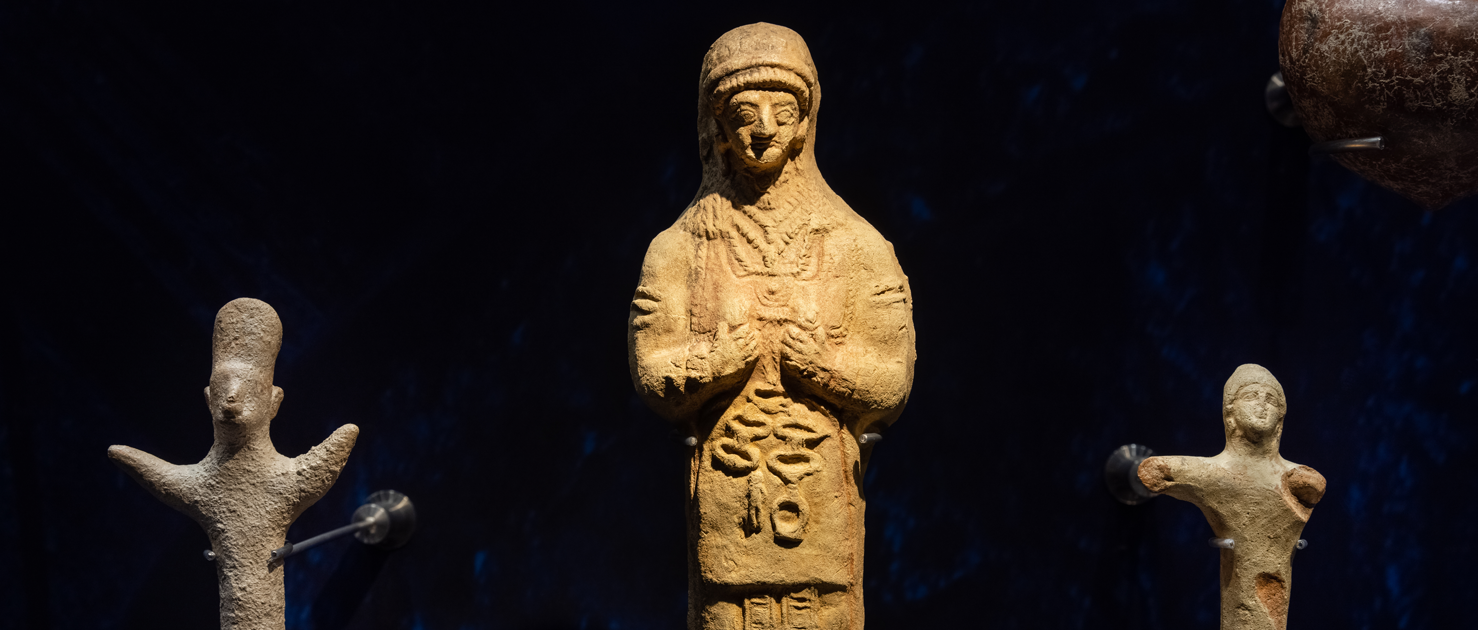
We can gather some information about religious concepts and rituals from the characteristic double-necked jugs, libation rhytons, and figurines with upraised arms, along with the fact that priestess and equestrian figurines are associated with sanctuary cults dedicated to female and male divinities.
Next are sections with artefacts from the weaver’s craft, the perfume industry (primarily miniature vases for scented oils), funerary practices, and grave offerings, such as zoomorphic rattles that indicate they may have come from the tombs of children. One case even contains artefacts in a variety of materials from Christian and Byzantine Cyprus.
MINIATURES – GLASSWARE – JEWELRY
Another group of cases houses bronze artefacts, coins, seals, and objects relative to writing, imports, and commercial exchanges, which are all displayed on vertically sloping surfaces.
In a separate case are an assortment of glass vases and jewelry, from Chalcolithic stone pendants to ornate silver and gold jewellery (bracelets, earrings, pins, and rings) of the Late Cypriot, Cypro-Geometric, Classical, Hellenistic, and Roman periods. Of particular interest is a burial group of the 4th century AD, consisting of an impressive gold necklace with inlaid semi-precious stones, a gold wristband, a pair of earrings and rings with inlaid sapphires, and a silver mirror, which provide visitors with a vivid picture of the wealth and artistic development that the island experienced in late antiquity.
THE HUMAN FORM IN CYPRIOT ART
The evolution of the human form in Cypriot art is presented as a separate section in three central showcases. The cruciform figurines of the Chalcolithic period (3900 – 2500/2400 BC) are made of the greenish picrolite, which is native to Cyprus. They are typical examples of Cypriot art of the Prehistoric period and are thought to depict female figures associated with fertility rites. Also of great importance is a group of seven schematic anthropomorphic limestone figurines, which date to the transitional period between the Early and Middle Bronze Age, around 1900/1800 BC. These figurines, which come from graves found in Paphos, were probably used as grave markers (the largest) or as grave goods.
The terracotta figurines of the Cypro-Archaic, Cypro-Classical, and Hellenistic periods center around male and female forms with tubular or bell-shaped bodies, charioteers, helmeted warriors, adorant figures, musicians, dancers, and performers. Of particular interest is a series of Cypro-Archaic female figurines (7th century BC) of the “goddess with upraised arms” type, which is considered to have originated from the Minoan type of the same name, which was probably assimilated in Cyprus with reference to their local goddess of fertility, Astarte or Aphrodite, who was worshipped on the island already by the end of the Cypro-Geometric period (900-750 BC).
Three elaborate Cypro-Archaic female figurines (600 – 475 BC) from the sanctuary of the great Cypriot goddess in Achna (the Famagusta province) stand out. The figurines, which were made in moulds, are thought to depict priestesses adorned in garments and symbols referring to the worship of Aphrodite.
The last central showcase exhibits representative sculptural works of the Cypriot-Archaic period (750-475 BC), such as the bearded male bust (which was likely influenced by Assyrian prototypes), himation-clad statuettes wearing elaborate jewellery or holding drums, and wreathed or bearded heads of the Cypro-Classical period with strong Greek influences.
INTERACTIVE SCREENS

Finally, the visitor may stop at the touch screens, which, with a selection of artefacts and related texts and illustrations, tell the history of the metal formations and deposits of copper (the commodity which gave wealth and well-being to Cyprus), of the various systems of pro-syllabic and syllabic writing, and of the story of exchange and currency.
Two interactive surfaces recount the island’s lengthy history from prehistoric times to the climax of the city-kingdoms and the Late Roman period, as well as their interrelations with the outside world. There are also fascinating accounts of journeys of ancient ships with their cargoes to various ports throughout the Mediterranean.
The Th.N. Zintilis Collection is one of the most extensive collections of Cypriot antiquities, and it allows visitors to gain a clear picture of the history of Cyprus, including the various artistic and ideological influences that the island received during the different periods. The Exhibition also prominently displays the importance of contacts and trade with other regions of the Eastern Mediterranean, most especially in that these systems upheld the prosperity of the island.
